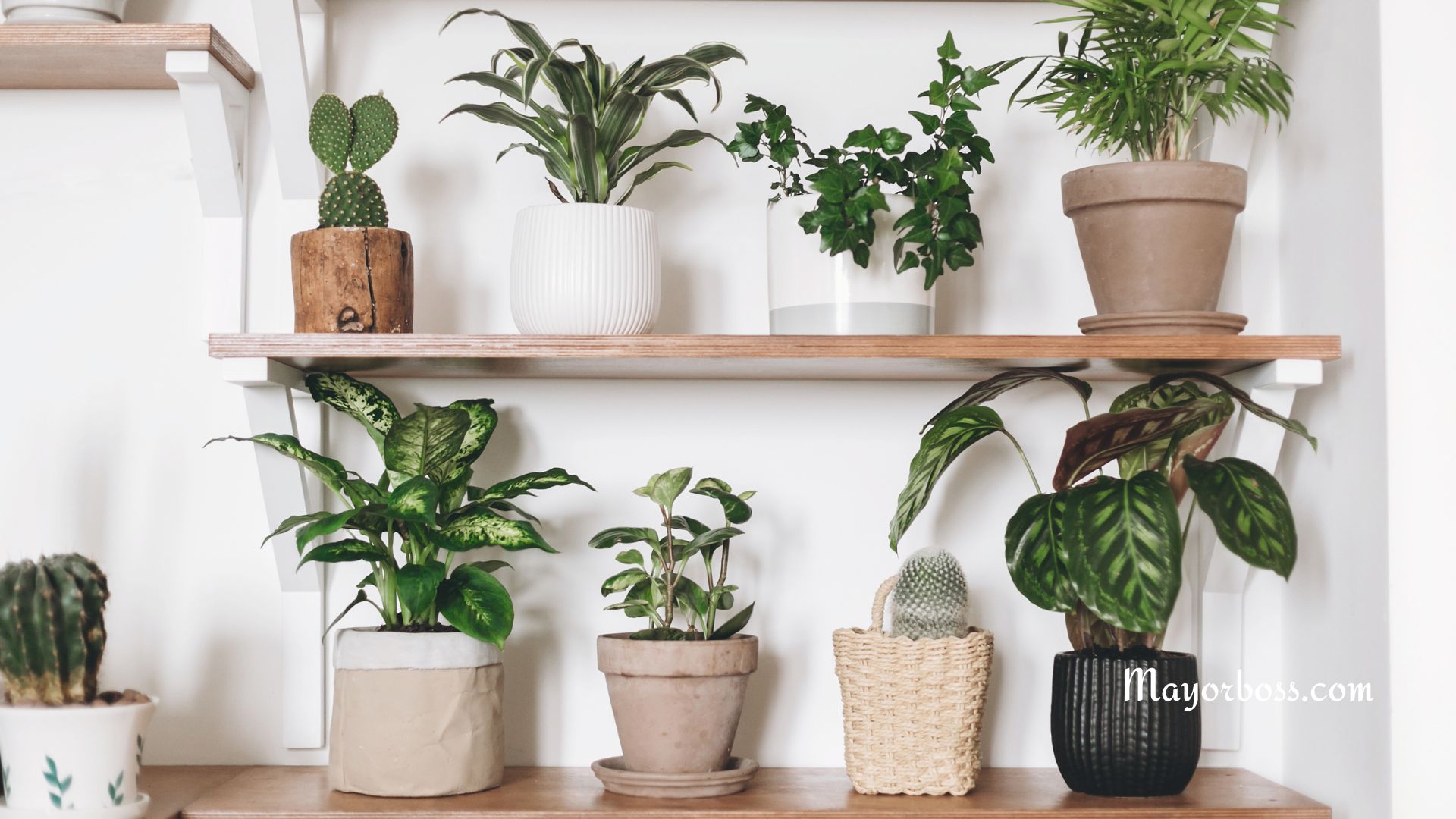What Does Poison Oak Look Like?
Do you want to know what poison oak looks like? Poison oak is a plant you might encounter while walking through the woods or any outdoor area with abundant greenery. Knowing how it looks can help you steer clear of an uncomfortable rash.

Characteristics of Poison Oak
Poison oak, primarily found in the western United States, is notorious for causing itching and rashes if you touch it. You might wonder how you can spot it to avoid such an unpleasant experience.
Leaves and Arrangement
Firstly, poison oak typically has leaves arranged in groups of three leaflets, although sometimes there can be five or seven. This is where the saying “Leaves of three, let them be” comes from, which serves as a handy reminder when you’re unsure. The edges of the leaves may look similar to the lobed leaves of an oak tree, which is how it gets its name. Moreover, the color of the leaves can range from green in the spring and summer to reddish or orange during the fall.
Size and Shape
The plant can grow as a shrub, which is common inland, or as a climbing vine, often seen along the coast. The leaves themselves can be up to a few inches long, and they have a shiny surface, especially when young.
Flowers and Fruit
In addition, poison oak may have yellow-white flowers in the spring and greenish-white or tan berries in the summer. These berries can remain on the plant into winter, so even without leaves, poison oak can cause a rash.
Other Features
Another point to note is that the leaves can have a reddish tint when they first sprout, and they might look oily. In areas with less sunlight, the leaves might be a deeper green and less shiny.

Recognizing the Plant in Different Seasons
Since poison oak changes throughout the year, you should be aware that it looks different depending on the season:
- Spring: Fresh, green leaves with possibly yellowish flowers.
- Summer: Fully leafed, green or greenish-red leaves with berries forming.
- Fall: Leaves can turn orange, red, or brown before they fall off.
- Winter: It might be harder to identify without leaves, but look for the white berries and the grayish-brown stems.

What to Do If You Encounter Poison Oak
If you come across a plant you suspect is poison oak, the best course of action is to avoid touching it. Even if the plant appears dry or dead, the oil (urushiol) that causes the rash can still be active and can stick to clothes, pet fur, or camping gear.
If You Touch Poison Oak
If you accidentally touch poison oak, wash the area with soap and cool water as soon as possible to remove the oil. Avoid hot water, as it can open your pores and let more of the oil in. If a rash develops, resist the urge to scratch, as this can lead to infection.
When to See a Doctor
Finally, if the rash is widespread on your face or doesn’t improve with over-the-counter treatments, you should see a doctor. They can provide stronger medications like steroids to reduce swelling and itchiness.
Knowing what poison oak looks like and how to deal with it can save you a lot of trouble. So, the next time you put on your hiking boots, keep an eye out for those telltale groups of three leaves.






